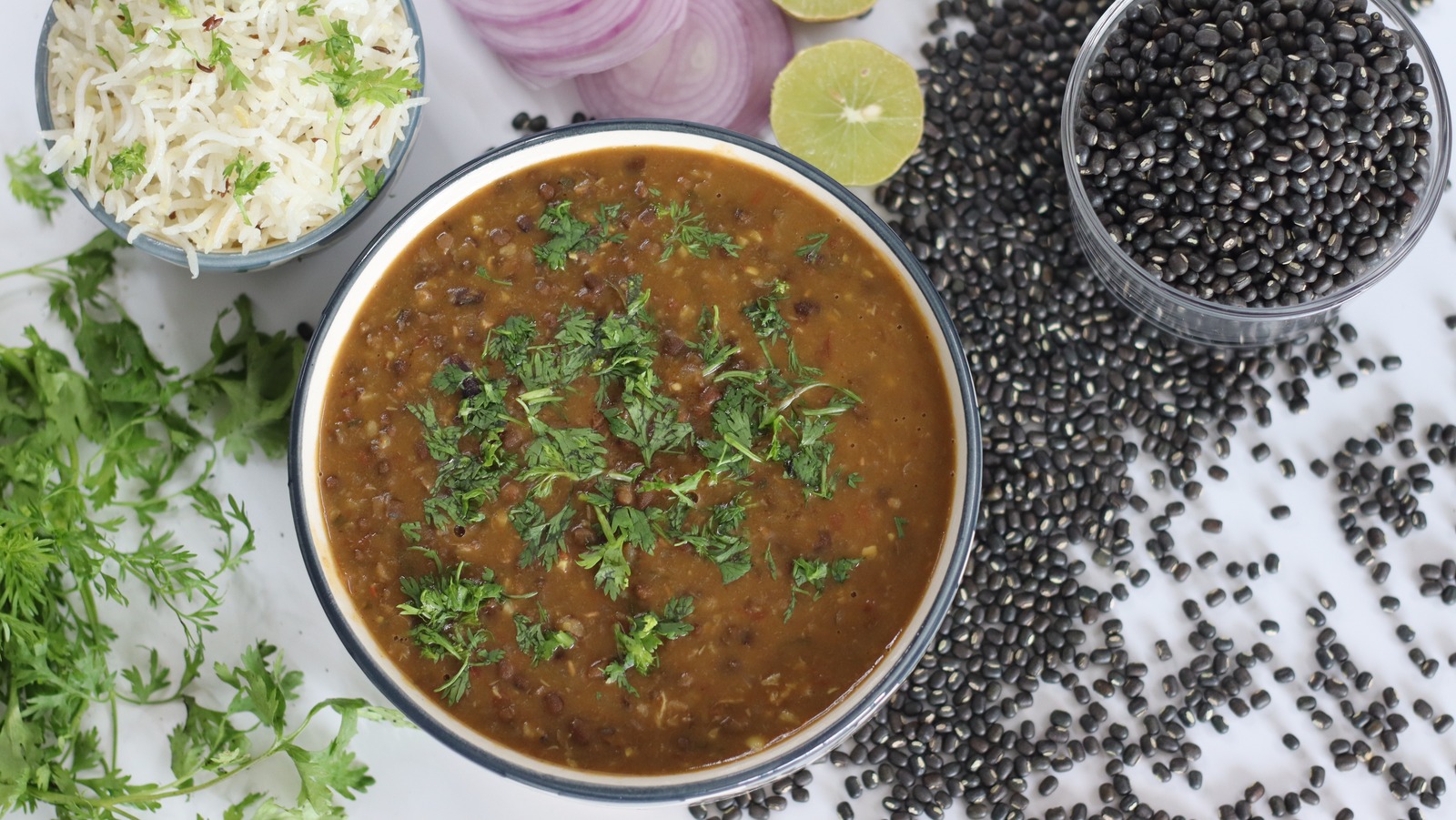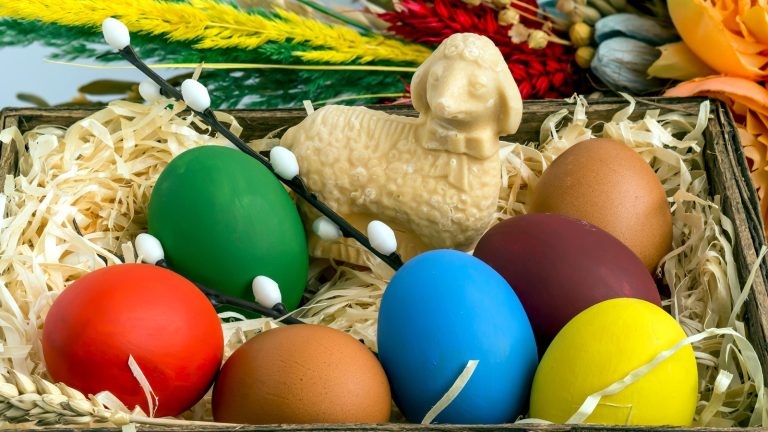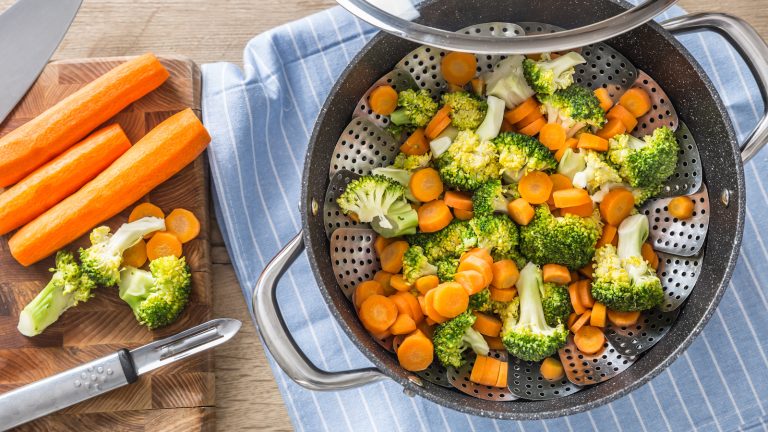We may receive a commission on purchases made from links.
Cooking urad dal may not be a daily occurrence for most home chefs, but that could change. After learning how easy it is to make, you might be adding this tasty, nutritious Indian-food favorite to your meal rotation much more often. To help us all understand the nuances of getting it right, we reached out to an expert in the field: chef and restaurateur Abishek Sharma of Madam Ji Ki Shaadi in NYC. The restaurant features a nightly Shaadi tasting menu, which gets inspiration from Indian weddings.
It helps to first know what urad dal actually is. Commonly referred to as black lentils or black gram, it’s a pulse, meaning an edible seed inside a legume plant. You’ll also find them labeled as black matpe beans when shopping online or in grocery stores. They have a smooth, creamy interior that’s popular in Indian dishes such as masala dosa and dal makhani. Achieving that creamy texture is key to cooking with urad dal, verified by our expert, Abishek Sharma.
“The best way to cook urad dal is to first soak whole urad dal in water for at least 6 hours or overnight to soften,” he explains. “Discard the soaking water and add the dal to a fresh pot of water to cook low-and-slow until it becomes creamy.” It also matters which type of urad dal you choose.
Polished, split, whole, unprocessed urad dal: It all matters
One tip from Sharma on maximizing textural potential is to purchase the type of urad dal based on the recipe you’re working with. “When buying these kinds of lentils, look for words like ‘split’ or ‘whole’ on the bag,” notes Sharma. “Recipes will often call for a certain version, as split lentils cook faster than their whole counterpart.”
There’s another distinguishing factor when buying urad dal — one that may be overlooked by the uninitiated. Fortunately, Sharma gives us the lowdown on labeling for what could become your favorite new meal component. What you’re looking for are the words “polished” or “unpolished,” which matter for reasons beyond taste and texture. It just so happens that unpolished lentils retain more nutrients, according to Sharma.
Unpolished dal essentially means that it’s unprocessed or unmilled, remaining mostly in its natural form. Milling removes oils and extra starch by polishing and peeling — but it also removes beneficial vitamins and minerals. With polished dal, you’re likely to miss out on the deep earthy flavors of natural versions. Those desirable flavors shine in preparations recommended by Sharma. “It’s great in dishes like buttery, long-cooked Dal Makhani with cream,” he says. “And Medu Vada, a typical South Indian breakfast snack of fermented urad dal batter fried into crispy fritters.”






